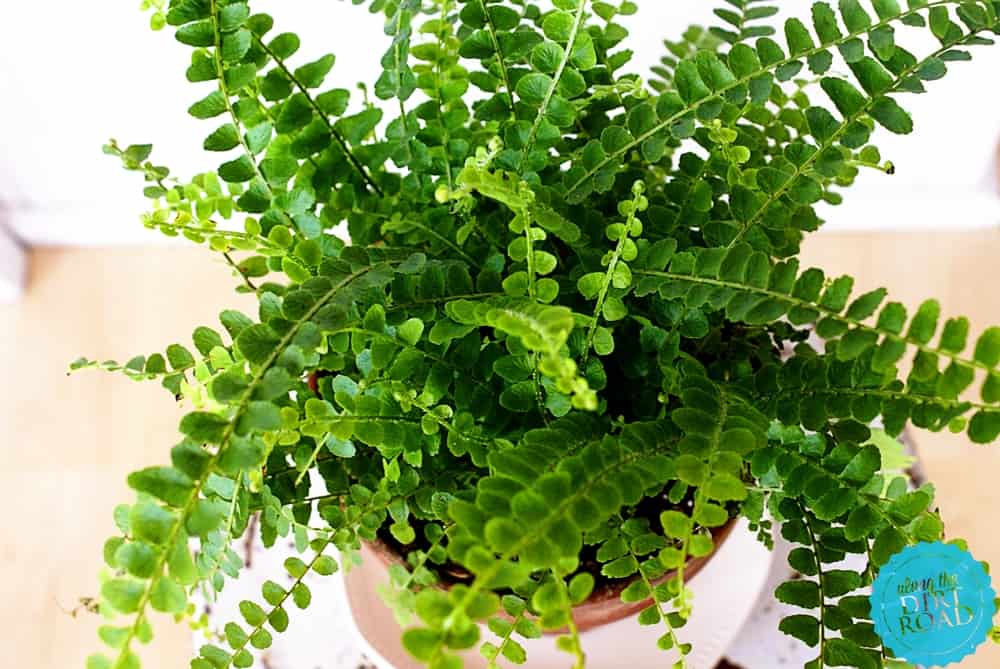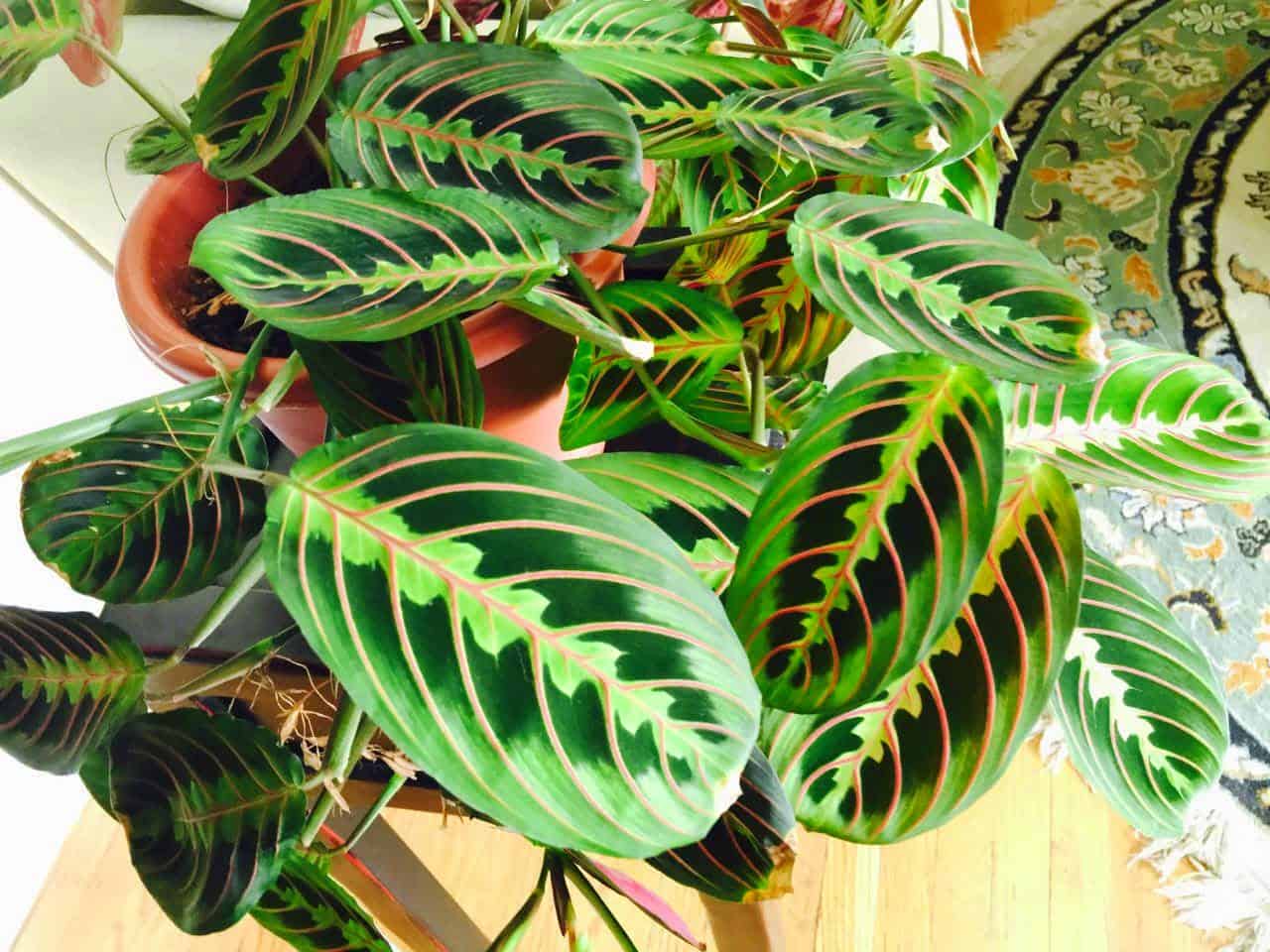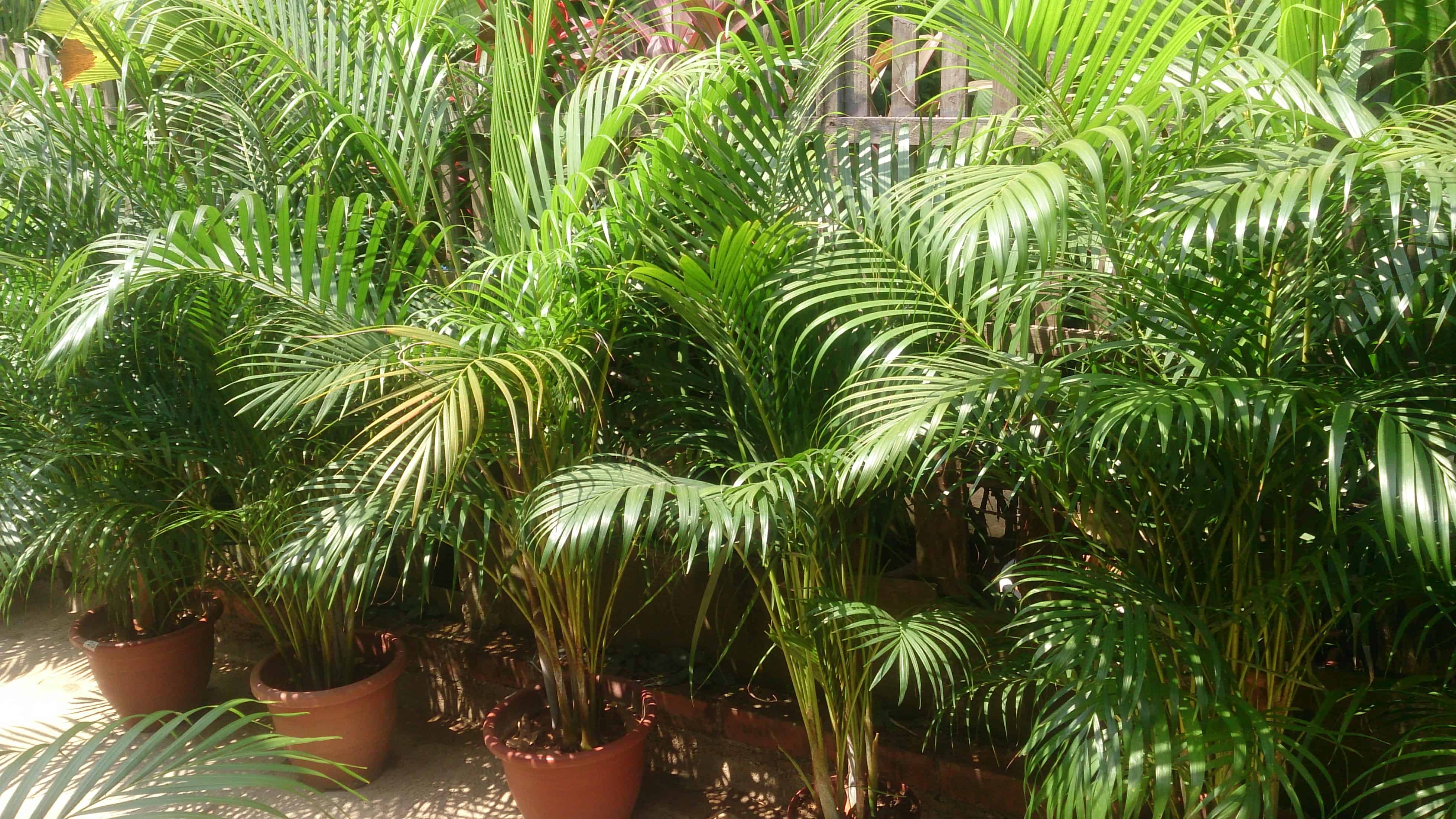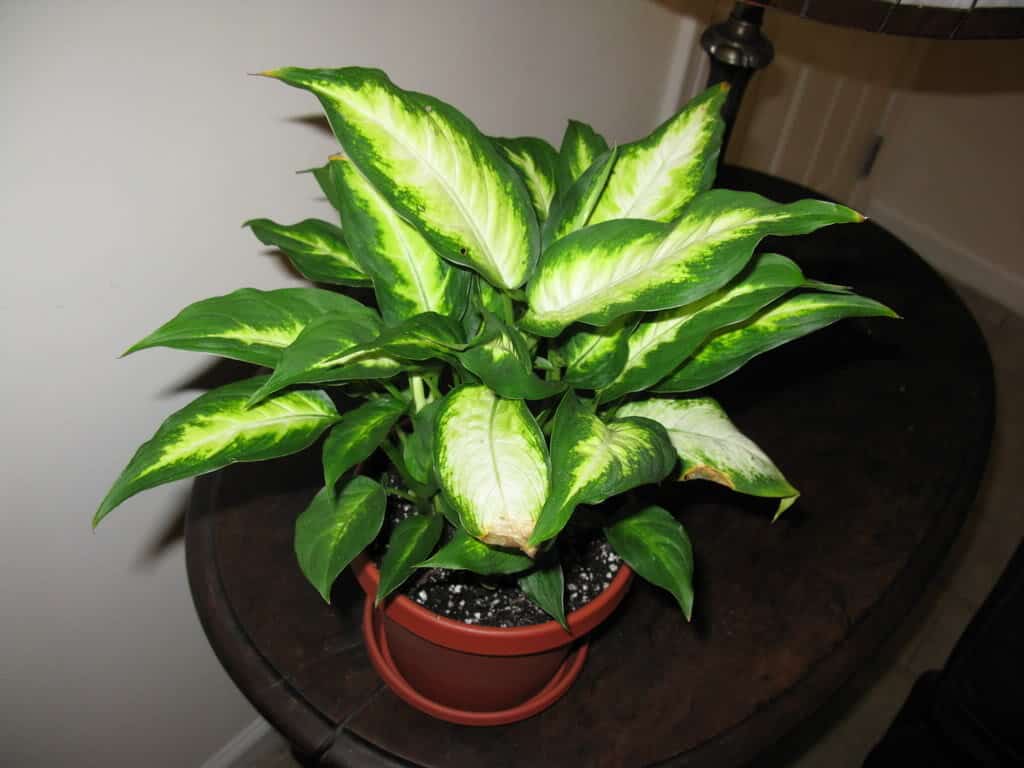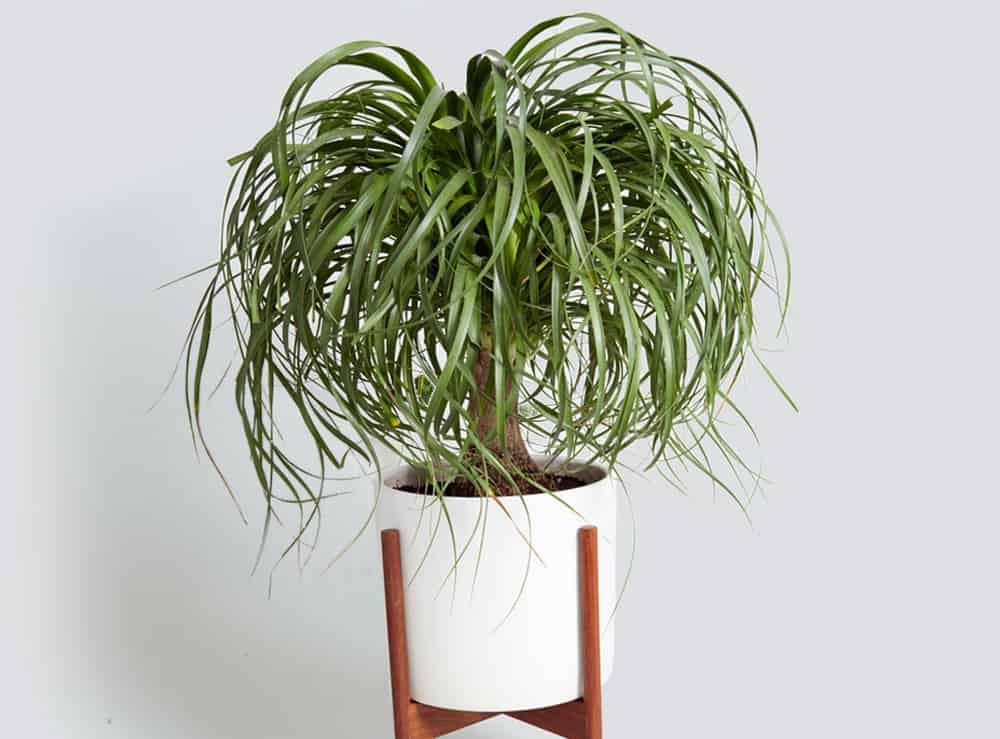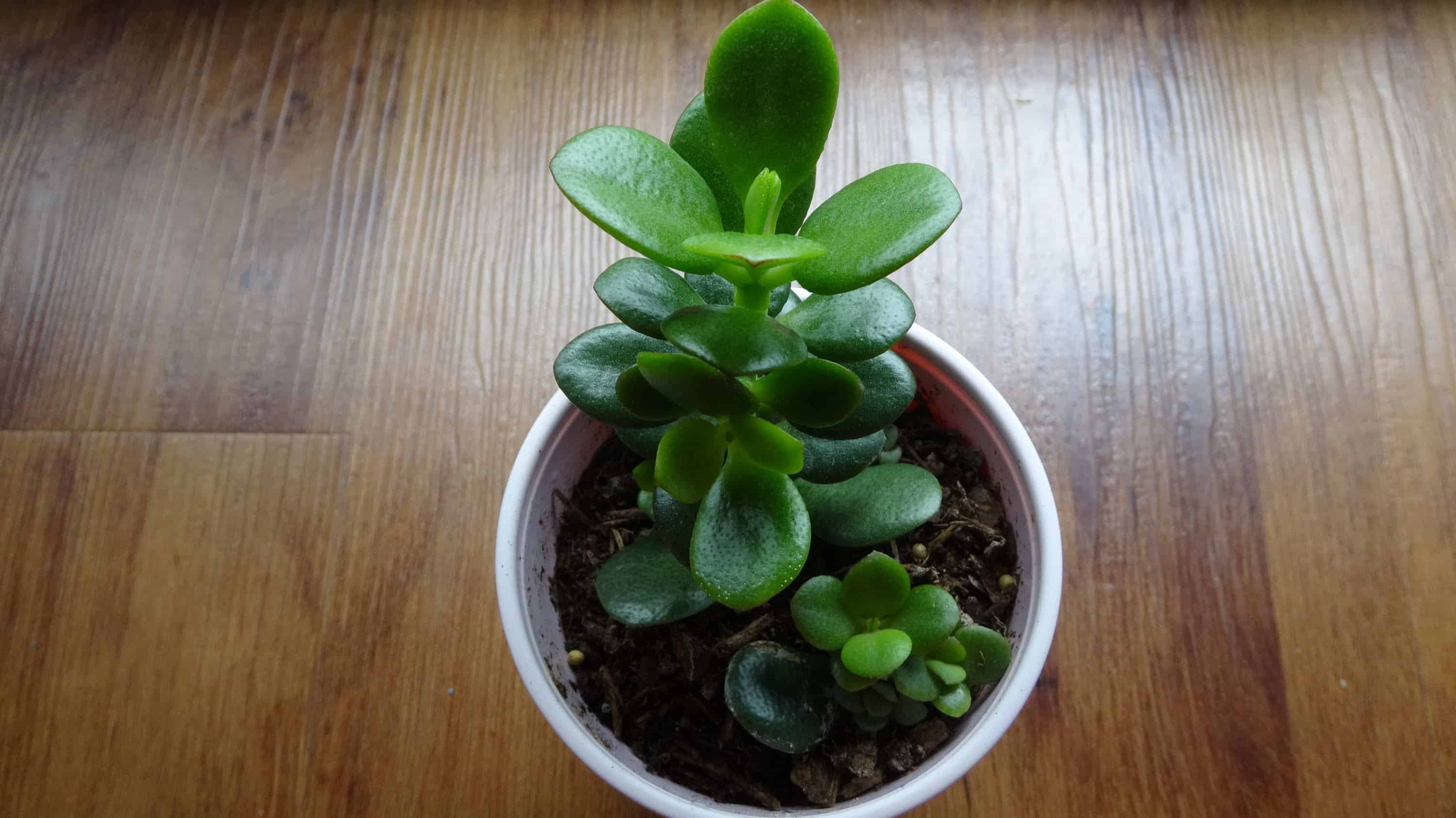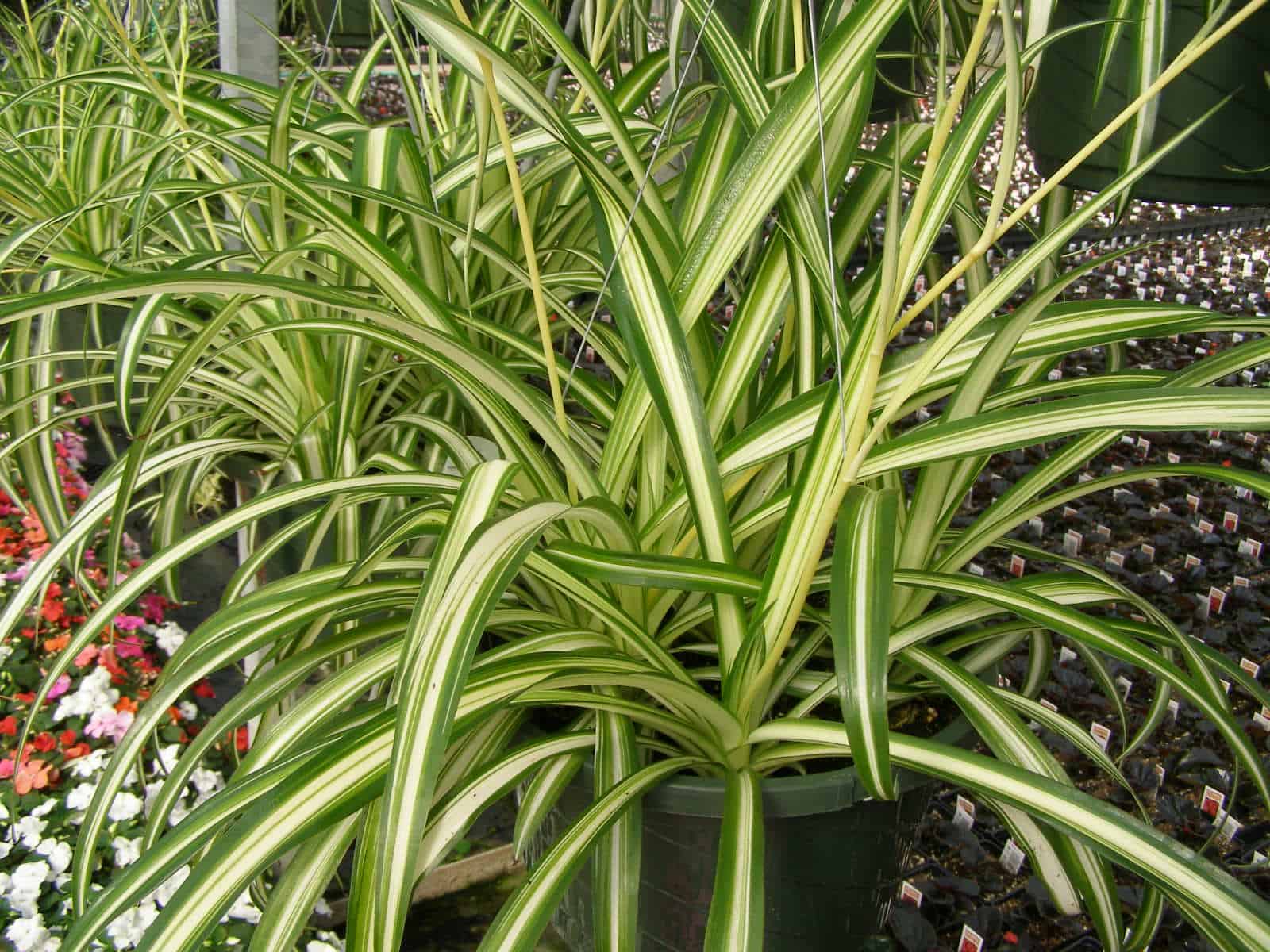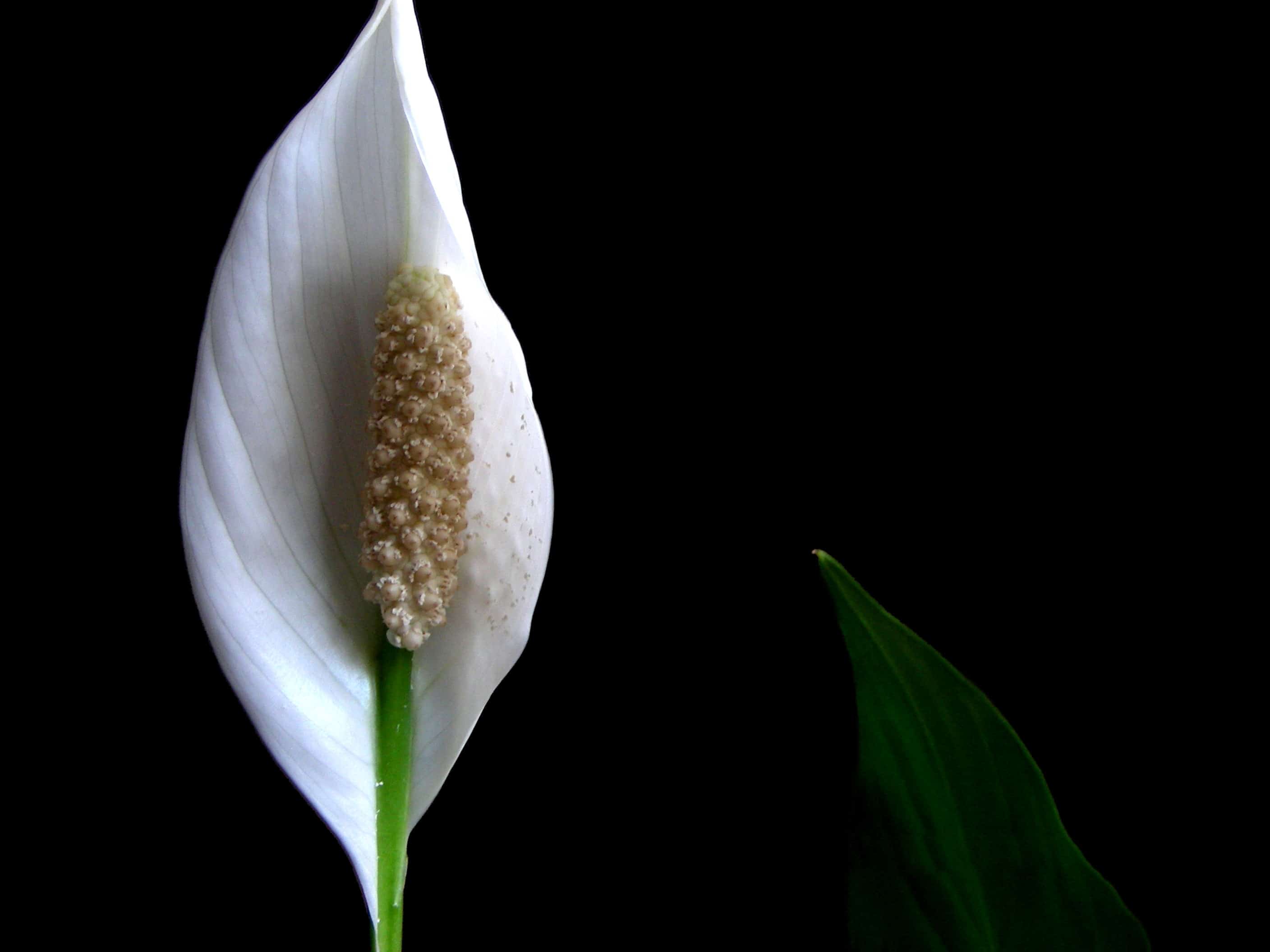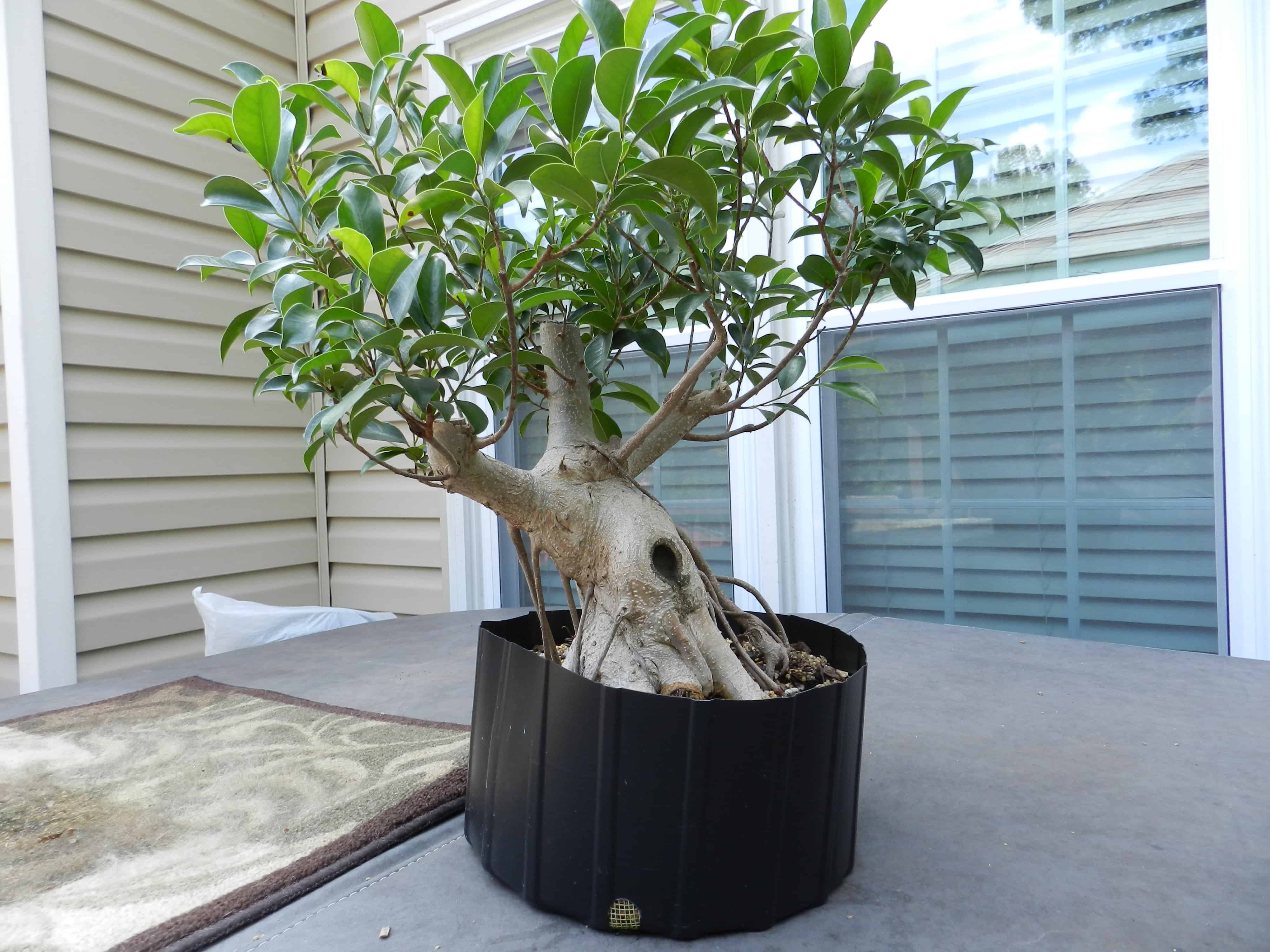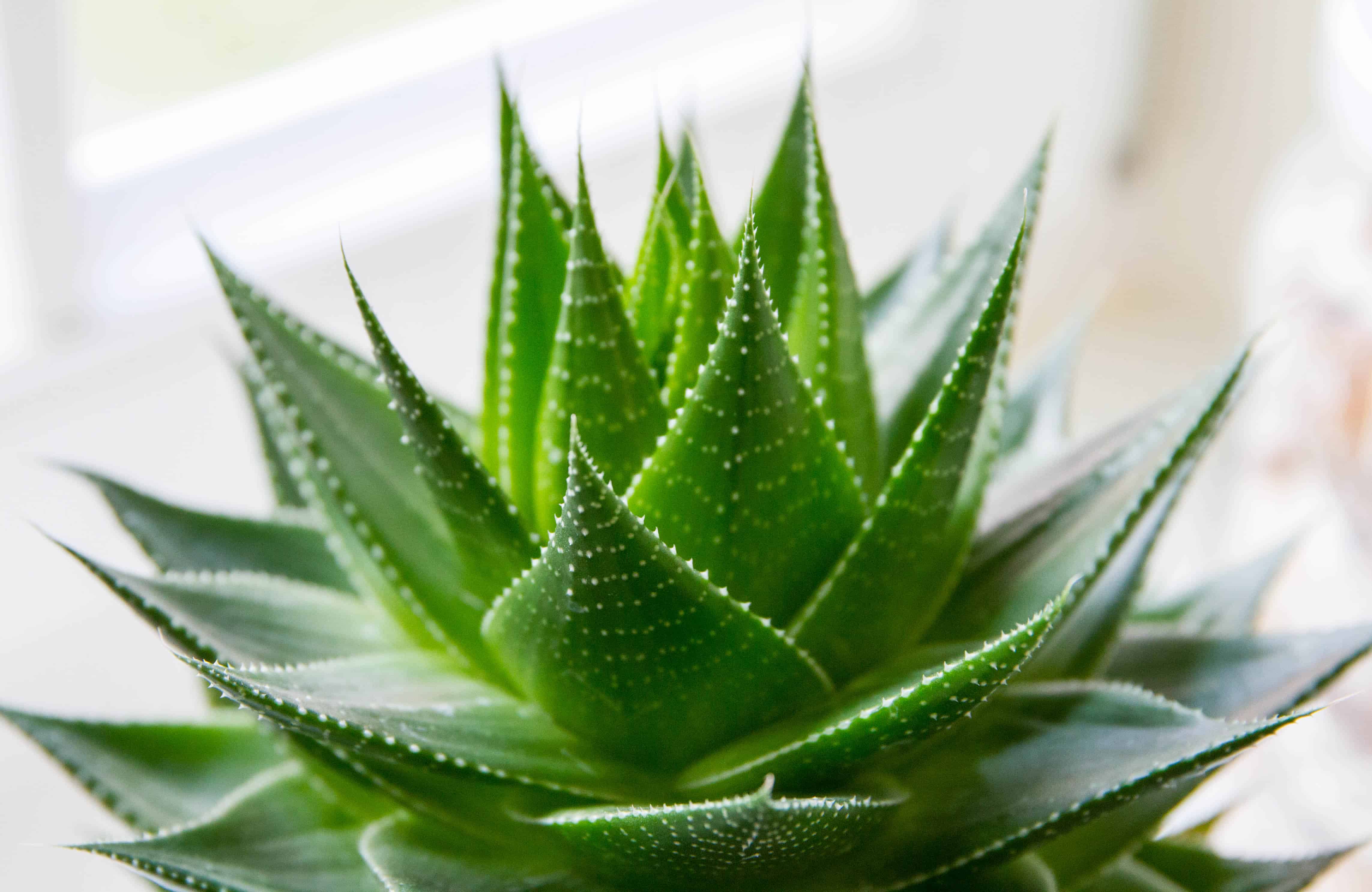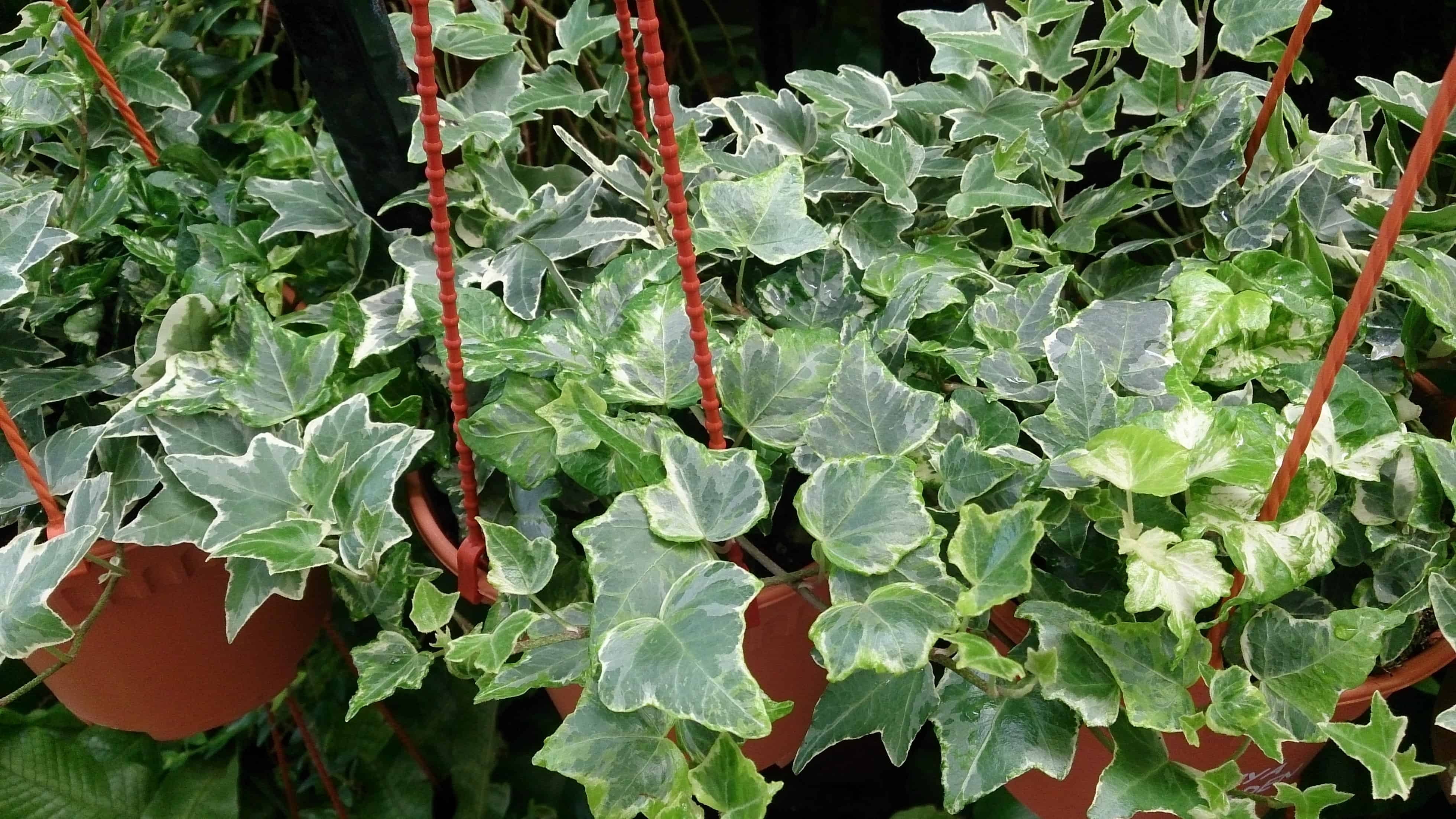Greenery is an imperative for the home. The reason behind this isn’t because they make your living space look lovely – though they do – or because they will impress people with your ability to not kill living things put into your care. The reason you need to have plants is because they do the work of air filters, taking out harmful chemicals like formaldehyde, benzine, and ammonia. They promote a healthier environment by inhibiting dust and adding humidity, helping ease respiratory distress and stop diseases from spreading. They also lessen stress by giving your body a more naturalistic environment, which we crave, being creatures of the Earth.
When you decide to get a plant, you want to aim for those that provide all these attributes, and maybe include some that offer produce, such as spices or small tomato plants. Simply snapping up the first snapdragon to catch your eye isn’t going to do the job, you want to aim for plants that are healthful and will make a welcome addition to your home. That means it’s unlikely to poison your environment and looks good while keeping your oxygen molecules well scrubbed. Here’s the 13 most stylish, safe, smashing indoor plants for any home.
English Ivy
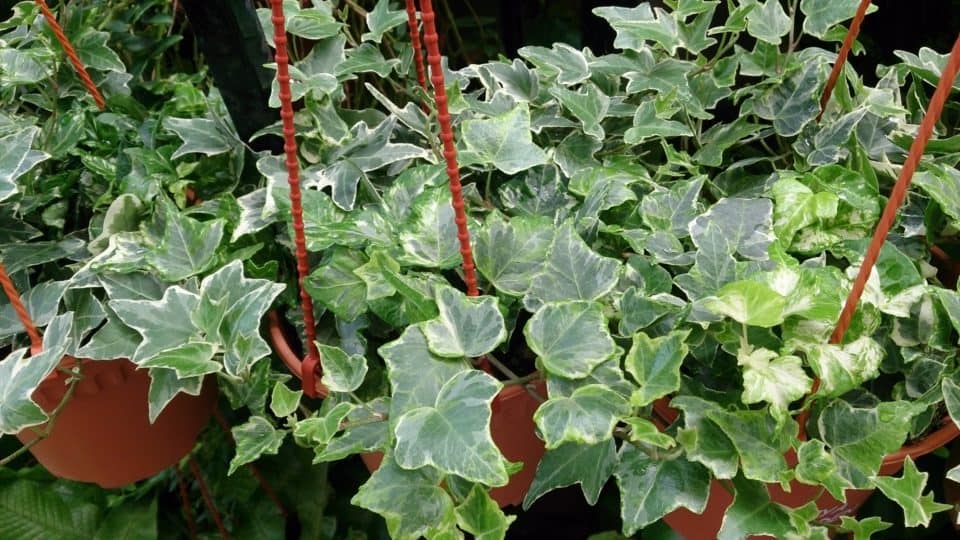
NASA uses plants as air filters to help keep the atomsphere aboard shuttles, capsules, and the ISS breathable, stop the carbon dioxide produced by people, and help increase morale on a mission. Their favorite plant for this job is English Ivy due not only to the efficiency with which it scrubs the carbon out of the sky, but also because it grows quickly, is easy to transfer, needs little attention to stay alive, and looks good with starburst leaves that are fetching, but not overbearing.
Aloe

Anyone who spends time at the beach, on the slopes, or anywhere else that the sun shines should have this on hand. Aloe plants are beyond non-toxic and are fully medicinal with an interior gel that can be used to salve burns and treat injured skin. Should you find yourself in need, snapping off a piece, cracking it open, and using the nectar inside will beat out anything you can buy at the store, because it’s unprocessed and fresh.
See Also: Types of Succulents
Ficus
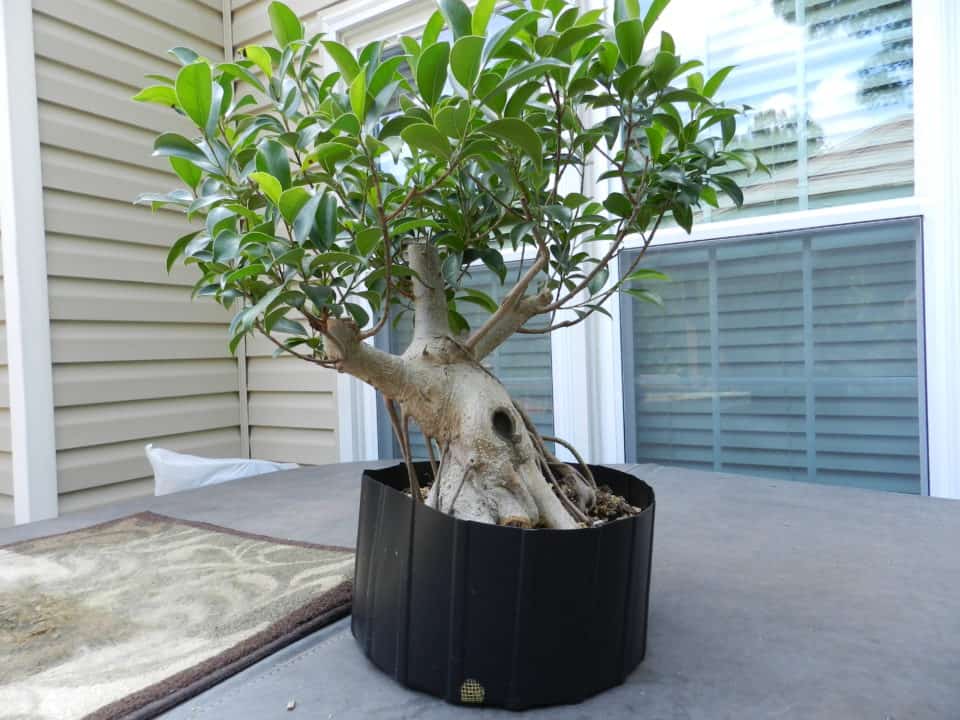
A small indoor tree with playful leaves that shine, the Ficus is beloved in part because it looks like a fake plant, offering a level of polish that adds professionalism to an office, adds gravitas to a home, or brightens up a dreary apartment. Though not outstanding in the world of filtration, it’s still better than most electronic air purifiers, and with enough sun is low-maintenance and easy to care for.
Peace Lily
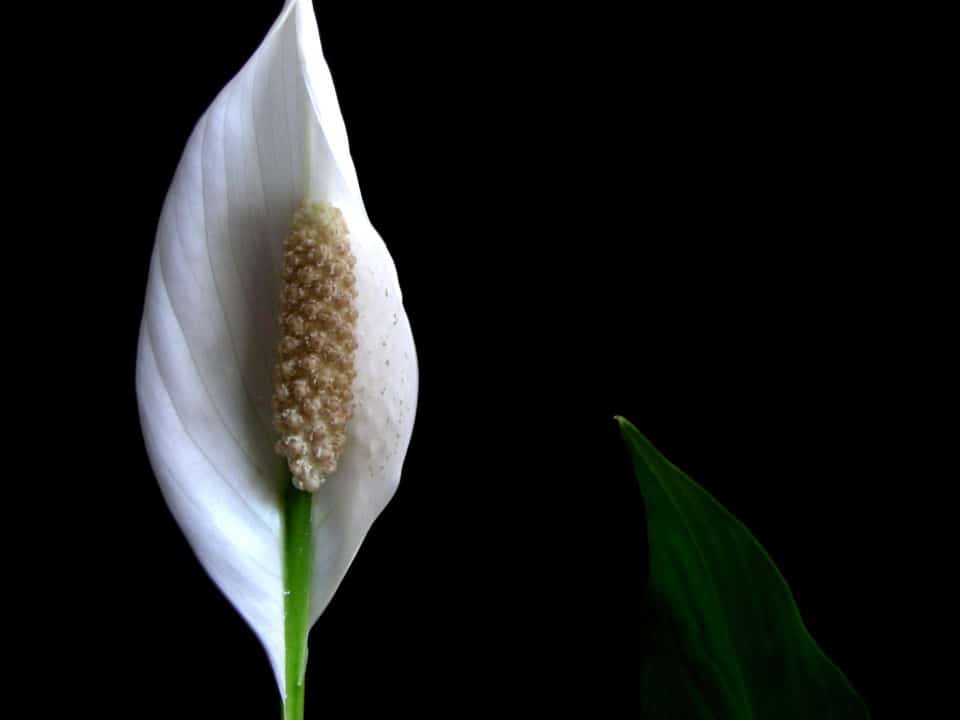
Able to survive in shade and one of the finest filtration plants around, the Peace Lily adds pure beauty to your home with the white accent flowers which unfurl elegantly for a look that’s at home in a rustic cabin, a high rise, a skyscraper, or your undersea bungalow. One of the few plants that will render flowers without requiring much work, attention, or fertilizer, these can be scattered around the house happily.
Rubber Tree
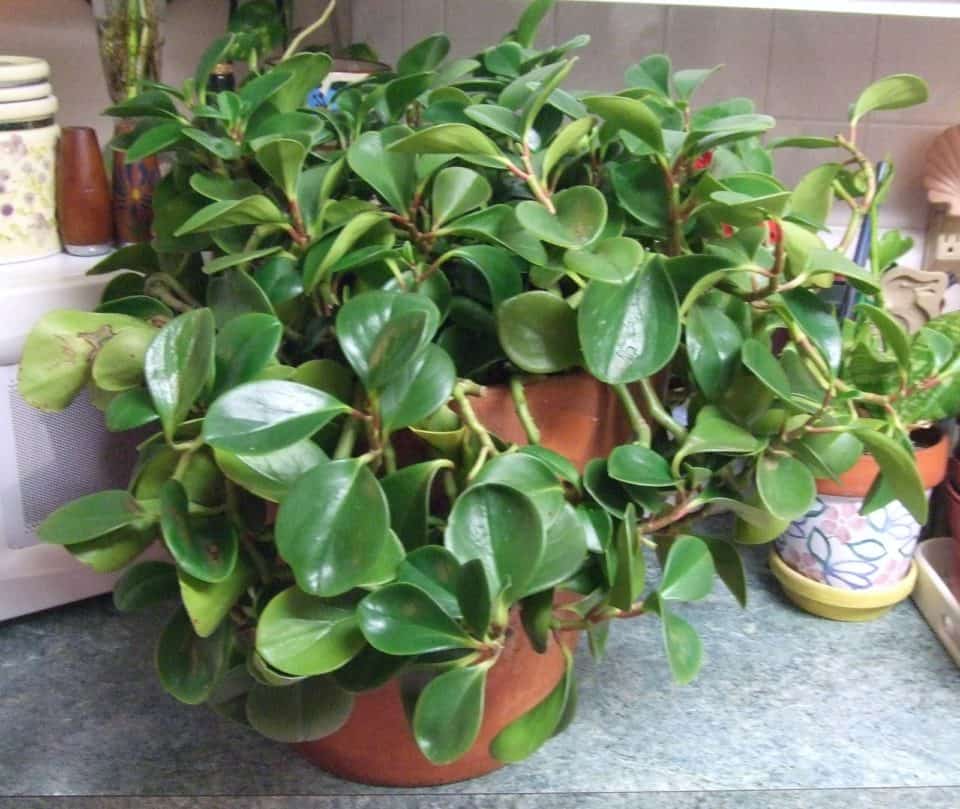
So easy to grow you may have already had one spring up in your house. A tremendous air purifier that seems able to survive with limited water, sunlight, and can even survive temperature extremes. They’re especially good for anyone who lives in a place with lots of darkness and cold temperatures, since neither one will give a rubber plant pause.
Spider Plant
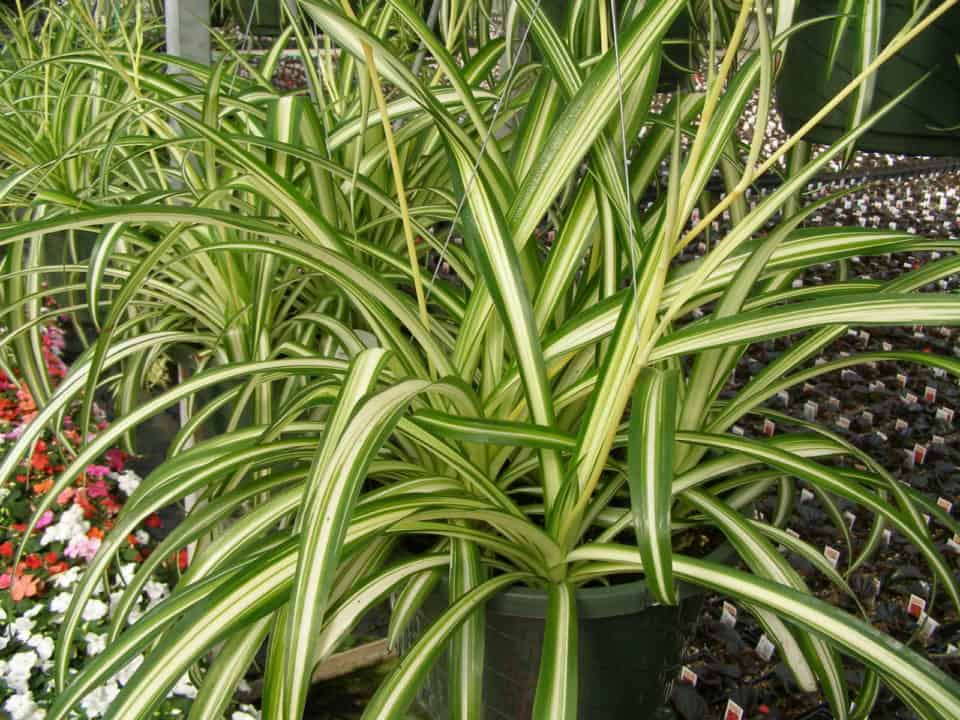
Another item beloved by NASA, Spider Plants are everywhere because they are so festive with the striped leaves and poppy, puffy appearance, while simultaneously being simple to grow, simple to tame, and easy to trim back without hurting the plant. These also help get ride of carbon monoxide, helping to reduce the deadly levels, pushing the Spider from “nice” to “necessary” if you have a gas hookup in your home.
Jade

Cute, quaint, and capable of living for a couple of decades, you won’t need to remember to water Jade very often, since it survives in dryness, but it will need extra sunlight to stay healthy. Slow growth means minimal trimming or attention, and the overall small stature of Jade makes it ideal for living on a window sill.
Related Reading: How Often to Water Succulents
Ponytail Palm
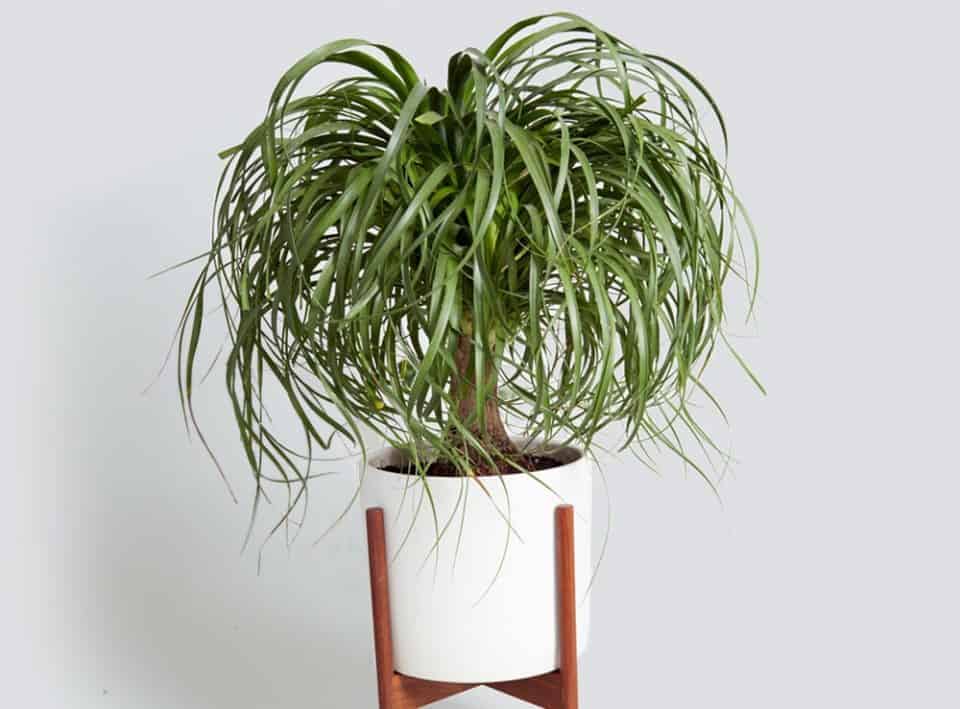
A stunning plant that instantly adds a tropical feel to any room, the Ponytail has long, lush leaves that drape down over the trunk like a moody teenage girl hiding behind her hair, but instead of being sullen and monosyllabic, the Pony has a cheery disposition that needs bright light as often as possible, though it will forgive you ife you miss a day or two. Technically part of the agave family, this isn’t intended to grow to full tree height, so don’t sweat the transplanting.
Dieffenbachia

Make a quick note: Highly Poisonous. That being said, the fact it is so poisonous means animals prefer to leave it alone. Even exotic rodent pets usually avoid making a meal out of the big, splashy leaves or layered trunk, but be cautious anyhow if you have small hands or mouths at floor level. Otherwise, this desert beauty can go as big or small as you want, look opulent, requires almost no water, and works with whatever sunlight it can find. Minus the deadly attributes, one of the best house plants around.
Areca Palm
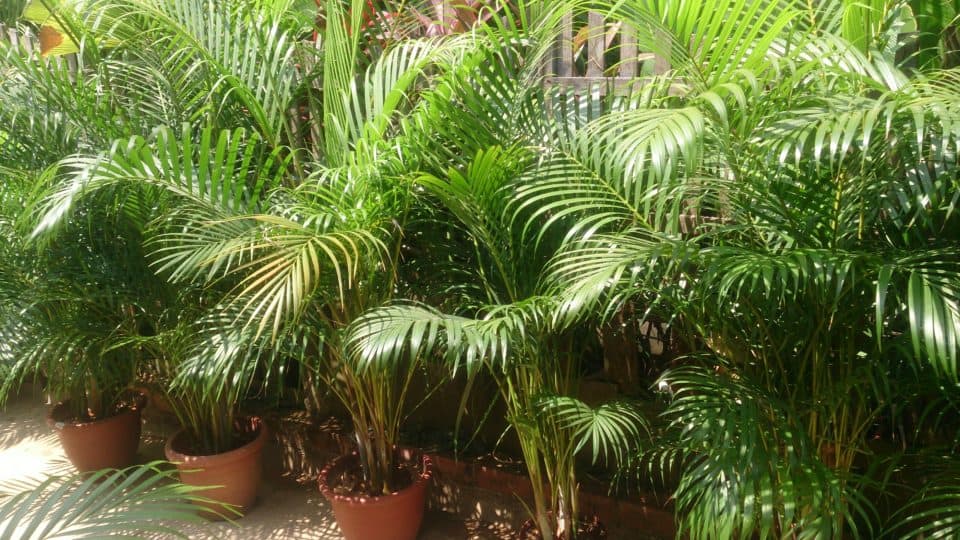
Another palm that isn’t, the Areca often attracts more notice than the Ponytail Palm, because it manages to look even better, with rich green stalks from top to bottom, and uses only indirect sunlight and a modest nip of water. In a large enough pot, this can get to be 7 feet tall, so if you’re starting a forest in your bathroom, now you have your quarterback.
Prayer Plant/Maranta
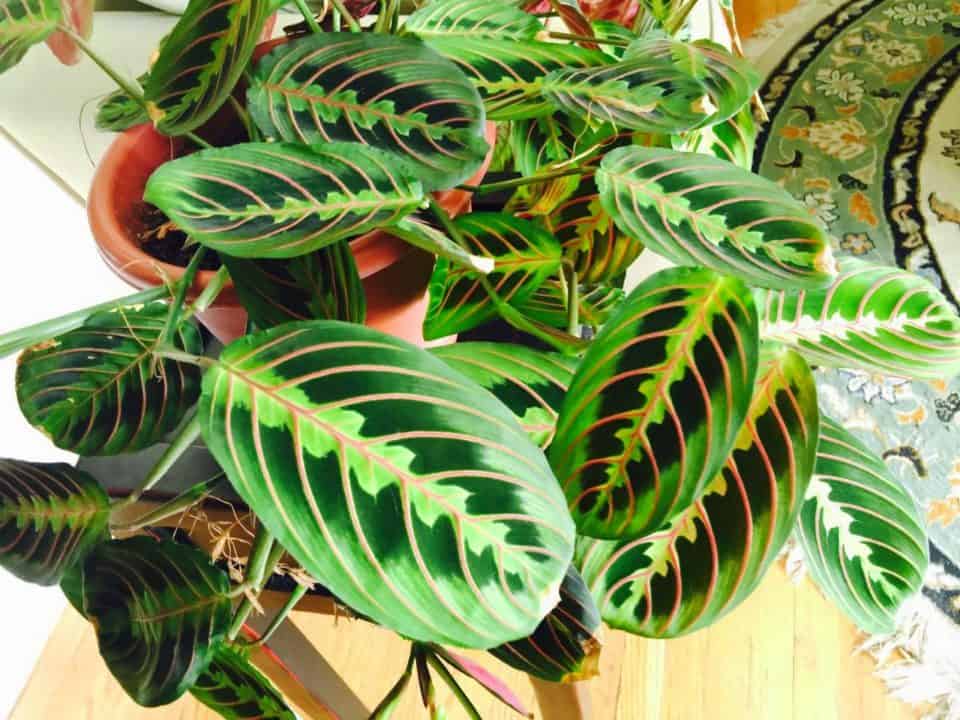
The big, veiny leaves make all forms of Prayer plant popular, since they offer a hint of coloration that doesn’t drag eyes away from your decor and can be woven into a room without taking it over. Though these are simple to grow with bright, indirect light and little water, they also want a very humid atmosphere and mostly dry or drained soil. If you live where it’s wet, these are incredible, but arid climates won’t have as much luck.
Snake Plant

A nice bedroom addition, the allure of the Snake Plant isn’t just the look, but it produces oxygen and filters out carbon dioxide at night, whereas most plants do the deed during the day. It only needs minimal light, so give yourself a little extra air at night and help clean up that sex dungeon where you sleep.
Lemon Button Fern
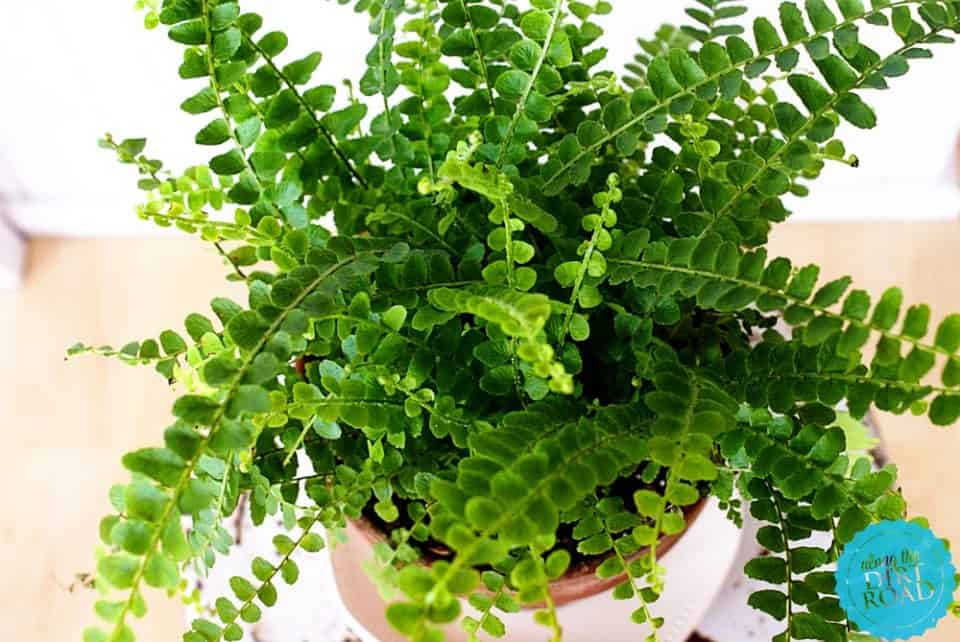
Quaint, cute, and only able to grow up to about a foot tall, these adorable little workers need saturated soil to stay fresh, but are otherwise happy in the dank and dismal, which gives them the ability to survive in homes with professional gamers who can’t have glare, or shut-ins who have self-diagnosed photodermatitis.
